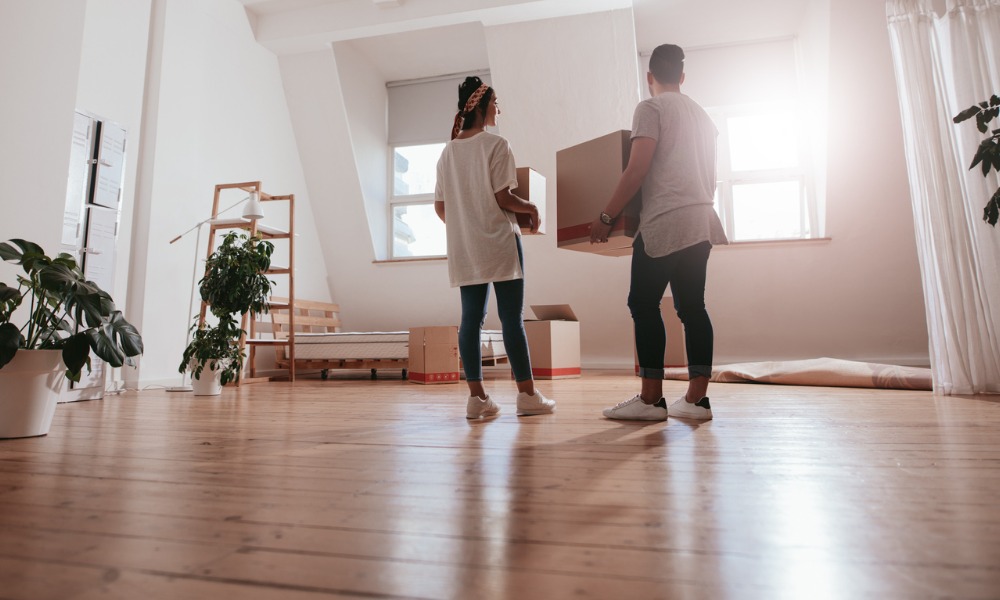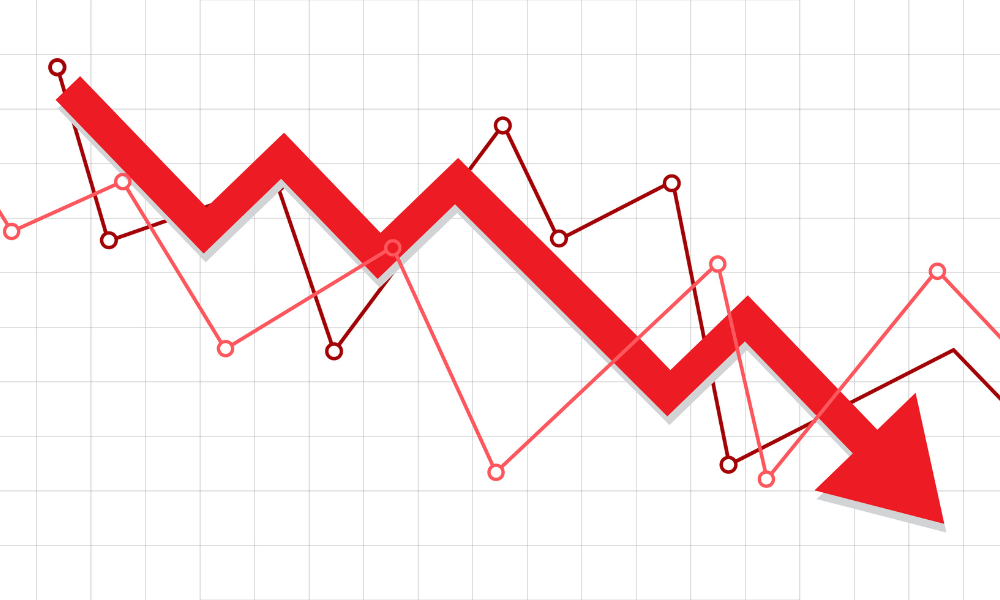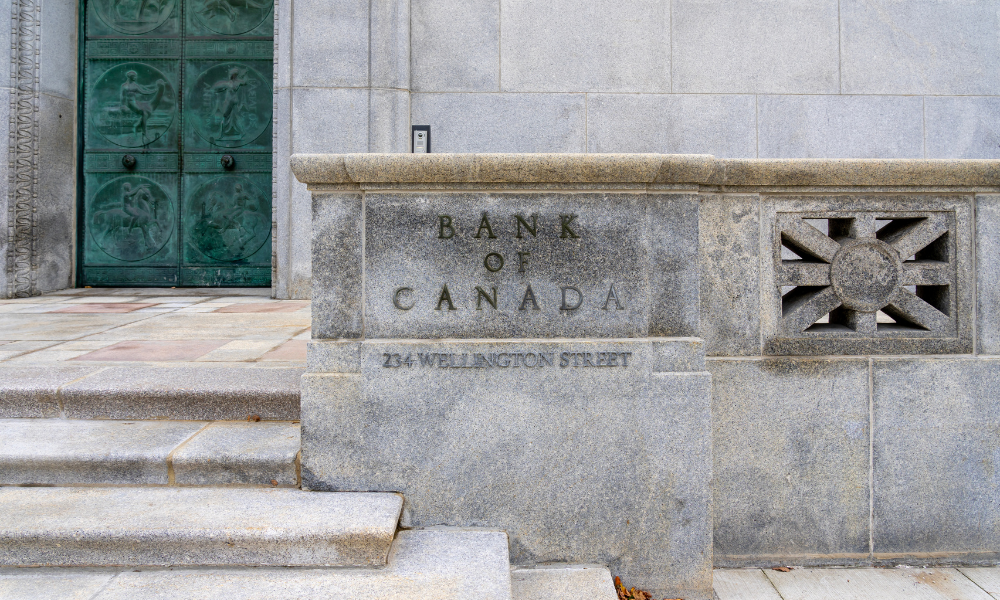Did you know that first-time qualified home buyers in Canada can use funds from their RRSP to pay for their home? Read this article to know how

- What is the RRSP?
- How does RRSP work for first time home buyers?
- What is the Home Buyer’s Plan or HBP?
- Qualifications for taking money from an RRSP for the HBP
- Pros and cons of using the RRSP for the HBP
- How much can first-time home buyers take from the RRSP?
- Is it worth using the RRSP as a first-time home buyer?
- How to apply for the Home Buyer’s Plan
- Repaying and re-contributing RRSP funds used for the HBP
- Checking your HBP account balance
There are many different reasons first-time home buyers have for getting a home of their own.
It could be to simply avoid paying rent and using that money for other purposes. Maybe the buyers want the convenience of living closer to work or closer to their children’s school. Others may want to raise a family, or simply to enjoy whatever benefits there are that come with home ownership.
Whatever the reasons, buying your first home is one of, if not the single largest purchase you can make in your lifetime. But how do you make such a big purchase if you don’t have the money to buy it outright, or at least have enough money for a mortgage downpayment?
Thankfully, there’s a possible way out of this dilemma: you can take out some money from your RRSP if you’re a first-time home buyer.
What is the RRSP?
RRSP or Registered Retirement Savings Plan is a form of Retirement Savings Plan (RSP) that you can put money into, so it earns interest, grows, and provides its owners with retirement income. In a nutshell, the RRSP is a tax-deferred retirement savings account.
When your RRSP matures (when you reach 71 years old), you can do one of three options:
- Withdraw it entirely and pay taxes for the withdrawal.
- Convert it to a Registered Retirement Income Fund (RRIF).
- Purchase an annuity with it to provide you with a guaranteed income.
There’s a lot to know about this valuable instrument for building a retirement nest egg. It’s best to get to know all about the RRSP before seriously considering using a portion of it to buy your first home.
How does RRSP work for first time home buyers?
Using the RRSP to help you buy or build (yes, have your home built with this too) your first home is not as simple as taking some of the money then going to a loan or mortgage provider. If you pass the qualifications, you can withdraw money from your RRSP and place it in a fund that's known as the Home Buyer’s Plan or HBP.
What is the Home Buyer’s Plan or HBP?
The Home Buyer’s Plan or HBP is an instrument that’s afforded to qualified holders of an RRSP. They can be individuals or couples (spouses or common-law partners) with a Spousal RRSP.
An HBP can also be used to buy or build a home for a relative with a disability.
Qualifications for taking money from an RRSP for the HBP
There are certain rules and qualifications to meet before you can put money into an HBP from your RRSP. According to the CRA, here are the requirements needed to participate in the HBP:
- You must be a first-time home buyer; someone who doesn’t occupy their own home, or a home owned by their spouse or common-law partner in the last four years.
- You should have a written agreement ready to buy or build a qualifying home, which may be for yourself or for a relative with a disability.
- You must be a resident of Canada when you withdraw funds from your RRSPs and until the qualifying home is bought or built.
- You must intend to use the qualifying home as your primary residence and occupy it within a year after buying or building it.
- If you bought or built a qualifying home for a relative with a disability or helped them in buying or building a qualifying home, you must intend for them to occupy and use the home as their primary residence.
- Your RRSP is neither a locked-in plan, nor a group RRSP.
A “qualifying home” is any housing unit that’s located in Canada, including existing homes and those that are in construction. “Qualifying homes” include:
- Single-family homes
- Semi-detached homes
- Townhouses
- Mobile homes
- Condominium units
- Apartment buildings
- Duplexes
- Triplexes
- Fourplexes
This also includes a share in a co-op housing corporation that allows you to possess and gives you an equity interest in a housing unit located within Canada. But a mere share or shares that only give you a right to stay as a tenant in a housing unit is not considered a qualifying home.
Pros and cons of using the RRSP for the HBP
It’s standard practice to determine whether you’re eligible for the HBP and how much you can withdraw from the RRSP. However, the pros and cons must also be considered before using the plan.
These are some of its advantages:
- You can maximize your RRSP contributions by buying or building your first home.
- You receive a two-year grace period before you begin repaying the amount withdrawn.
- Payment schemes are flexible; you can pay more than the minimum amount to reduce the yearly payments, or even pay the entire amount.
- The amount is considered an interest-free loan that isn’t taxed – no withholding tax on the withdrawals!
On the flipside, here are possible disadvantages of using the RRSP for first-time home buyers:
- The Home Buyers’ Plan is mostly reserved only for first-time home buyers.
- You must pay or recontribute the minimum annual amount required, which can be hefty, depending on how much you took from the RRSP.
- If you pay less than the minimum amount, the difference will be added to your taxable income.
- Withdrawals are allowed only if the money has been in the RRSP account for at least 90 days.
- The RRSP will not accumulate income until you start contributing again.
- The withdrawals can impact the retirement savings and capital gains on investments.
Here’s a video on the HBP to see the big picture:
How much can first-time home buyers take from the RRSP?
When the HBP was first introduced, the limit was pegged at $25,000. The limit has since been increased by $10,000, making it possible to place $35,000 into an HBP from your RRSP. That’s for single RRSP holders; couples in a spousal RRSP can put as much as $75,000 into the HBP.
Though it does seem like good news and a nice incentive for first-time home buyers to withdraw from the RRSP, keep these in mind:
You won’t be taxed for the amount that you can withdraw and place into the HBP. However, that amount must be paid back within 15 years, starting 2 years after the withdrawal.
In addition, your RRSP may miss out on significant growth once you’ve made this withdrawal. There may be greater consequences later from taking out money from your RRSP.
Remember also to avoid withdrawing more than the limit for your HBP. Any excess must be reported as income and charged its corresponding income tax!
Is it worth using the RRSP as a first-time home buyer?
There is no definite “yes” or “no” answer to this question, as using the RRSP for your first home depends on certain factors.
You must first consider:
- the cost of buying or building your first home
- the amount you’re allowed to take from your RRSP
- the amount you need to repay
- your ability to repay the RRSP
To help you determine if this is truly worth it, ask yourself these questions:
- Are you willing and able to pay the minimum requirement each year for 15 years?
- Can you repay those RRSP contributions within the next 15 years?
- Is now a good time to take money out of your RRSP, looking at the current investments and rate of return you’re getting?
- Is it worth forgoing any potential tax-sheltered growth of your RRSP by reducing the mortgage amount, along with the default insurance premiums, interest costs, etc.?
- Will the home you buy/build have enough value down the line to make up for the growth that your RRSP would have accumulated without the withdrawal?
A good way to know the answer is to consult a professional to help you crunch the numbers and weigh the pros and cons. After that, you can then decide if making RRSP withdrawals to HBP is worth it or not.
How to apply for the Home Buyer’s Plan
For qualified holders of an RRSP who meet all the requirements, applying for the HBP is a relatively quick and streamlined process. All that’s needed to begin the process is to download and fill out form T1036.
This form is a request to withdraw some funds from the RRSP. Fill out Area 1 on the form, then submit this to the financial institution handling your RRSP. They will fill out Area 2 and submit this for approval to the appropriate authorities. Your RRSP provider will then deposit the funds in your account once the application is approved.
You can also expect to receive a T4RSP slip confirming the withdrawal. You’ll also get a receipt and supporting documents you can use for next year’s tax return.
Repaying and re-contributing RRSP funds used for the HBP
Repaying the amount taken from your RRSP is quite simple. The repayment period is 15 years, starting 2 years after the withdrawal of the money from your RRSP. Only the minimum annual payment is required. You can choose to pay a higher amount to reduce the amount of the remaining payments for the remaining years.
Sample calculation of repayment amount
Let's say in 2020, Justin withdrew the maximum $35,000 from his RRSP to place in the HBP. His minimum payment starting in 2022 for the next 15 years is $2,333.33 ($35,000 ÷ 15).
Justin then made payments from 2022 to 2025. In 2025, he paid $5,000 to his RRSP and designates that amount as a repayment under the HBP for 2022.
If we calculate the amount to be paid 2023, it will look like this:
|
Annual Repayment Schedule for HBP |
|||||
|
Year |
2022 |
2023 |
2024 |
2025 |
2026 |
|
Balance on HBP |
$35,000 |
$32,666.67
|
$30,333.34
|
$28,000.01
|
$23,000.01
|
|
Annual Repayment due |
$2,333.33 ($35,000 ÷ 15 years)
|
$2,333.33 ($32,666.67 ÷ 14 years)
|
$2,333.33 ($30,333.34 ÷ 13 years)
|
$2,333.33 ($28,000.01 ÷ 12 years)
|
$2,090.01 ($23,000.01 ÷ 11 years)
|
|
Payment made |
$2,333.33
|
$2,333.33
|
$2,333.33
|
$5,000 |
$2,090.91 |
Table showing payments made on HBP from 2022 to 2026
Paying for your Home Buyer’s Plan is simply a matter of depositing each amount in your RRSP before the due date. You needn’t worry about forgetting the due date – the Canada Revenue Agency will place it in your Notice of Assessment (NOA).
You may also check your HBP Statement to see the number of payments and total payments you’ve made, along with the remaining balance. Don’t forget: you have the option to make larger payments to reduce your remaining annual payments.
If you fail to pay the required minimum amount, that balance will be considered income for that fiscal year. You will be taxed for that amount. So don’t miss any payments!
Checking your HBP account balance
It’s easy to look up the remaining balance on your HBP. You don’t have to wait for your Notice of Assessment; all you have to do is sign into your account on the CRA website or the MyCRA mobile app.
Using a portion of your RRSP to build or buy your first home has its advantages, but this is not without pitfalls. Before you consider this strategy for getting your first home, make sure that this is beneficial, and worth having your RRSP miss out on additional tax-free earnings.
Was this an eye-opener for you? Do you think this strategy of first-time home buyers using their RRSP is a boon or bane? Let us know in the comments!



